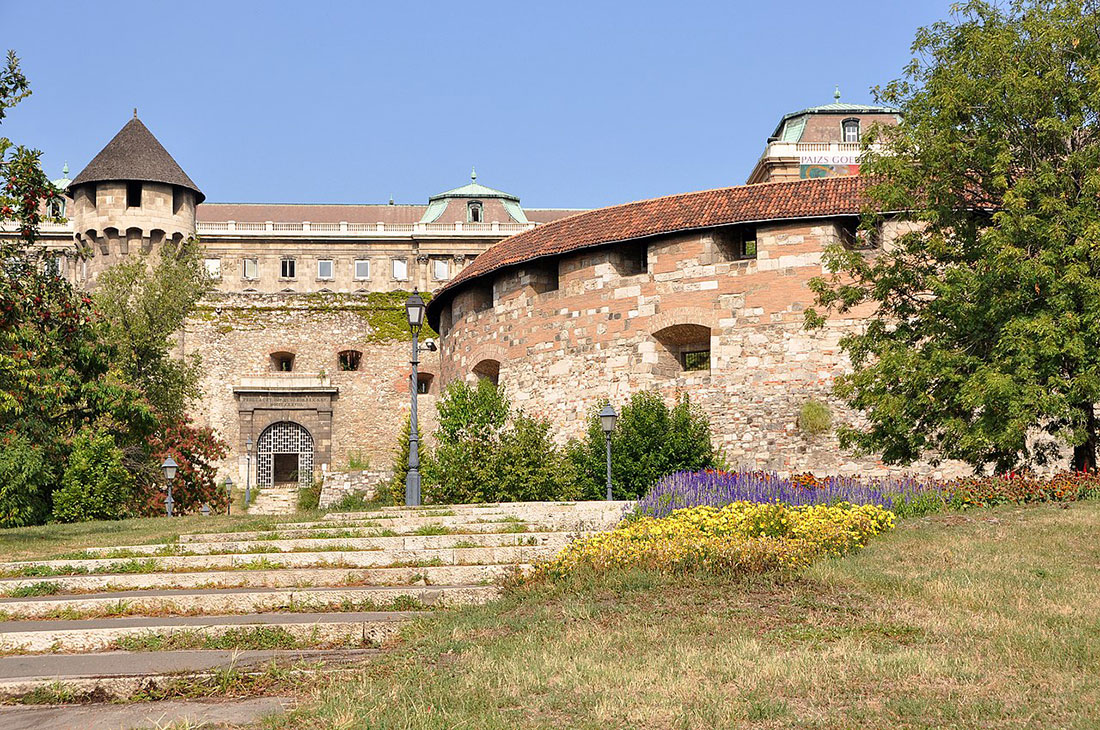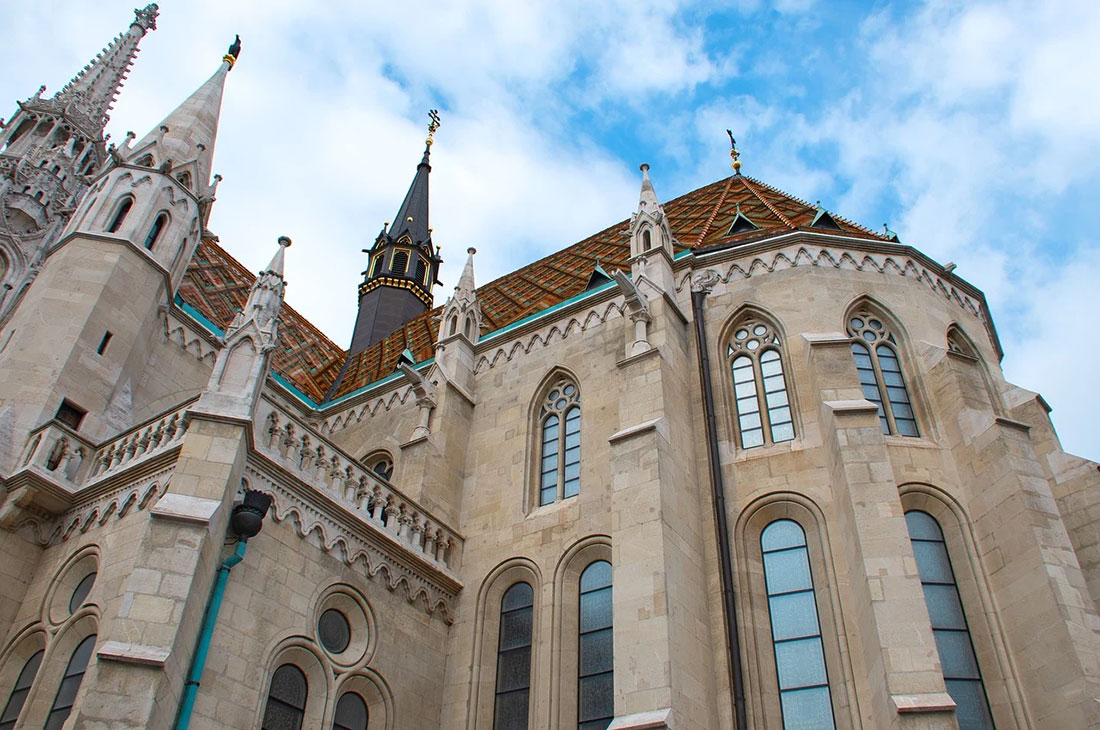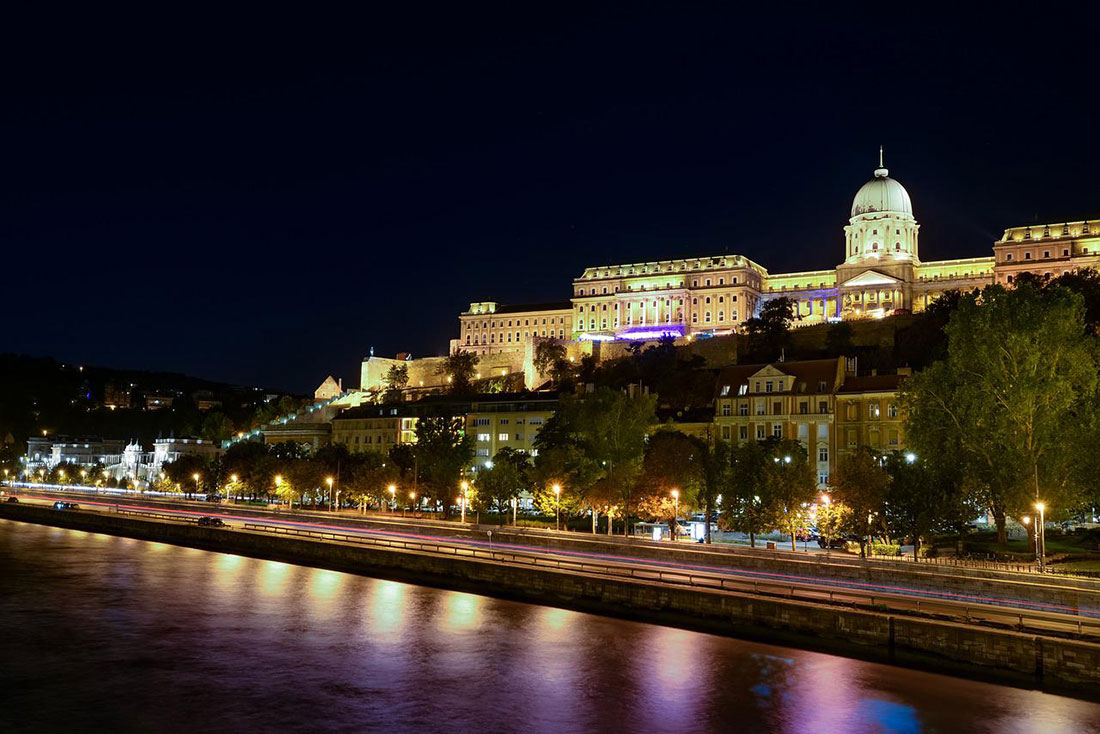A UNESCO World Heritage Site, the Buda Castle (or Royal Palace) is one of the city’s most iconic architectural masterpieces and is most easily recognizable from the Pest side of the Danube. Not much have remained of this former royal residence, first built in the mid-1200s and recreated as an ornate Renaissance palace for King Matthias 200 years later. Surviving examples of medieval stonework can be found at the Budapest Historical Museum, one of the three main institutions currently housed in this sprawling complex. Abandoned by the Turks, destroyed during a siege to remove them, and shaped into a familiar U-shape after being rebuilt in the Baroque style in the 1700s, the palace lay in ruins after World War II. The communist renovation removed its fancier features and added modernist touches, such as the dome built up in the 1960s.
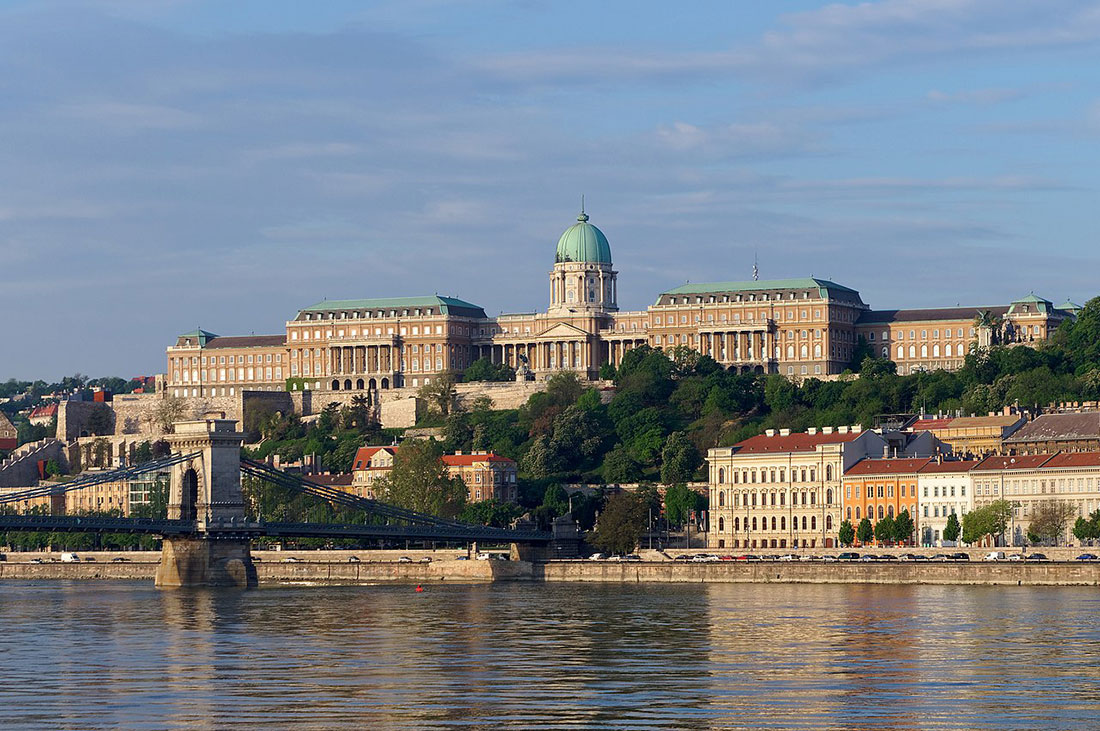
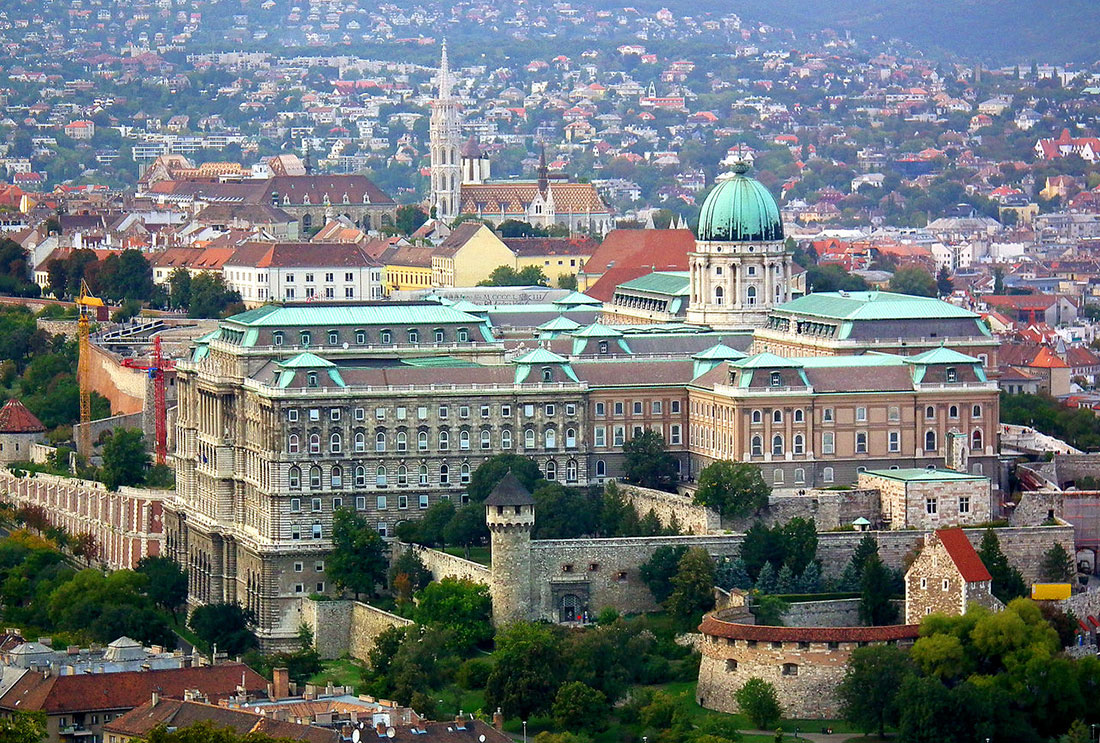
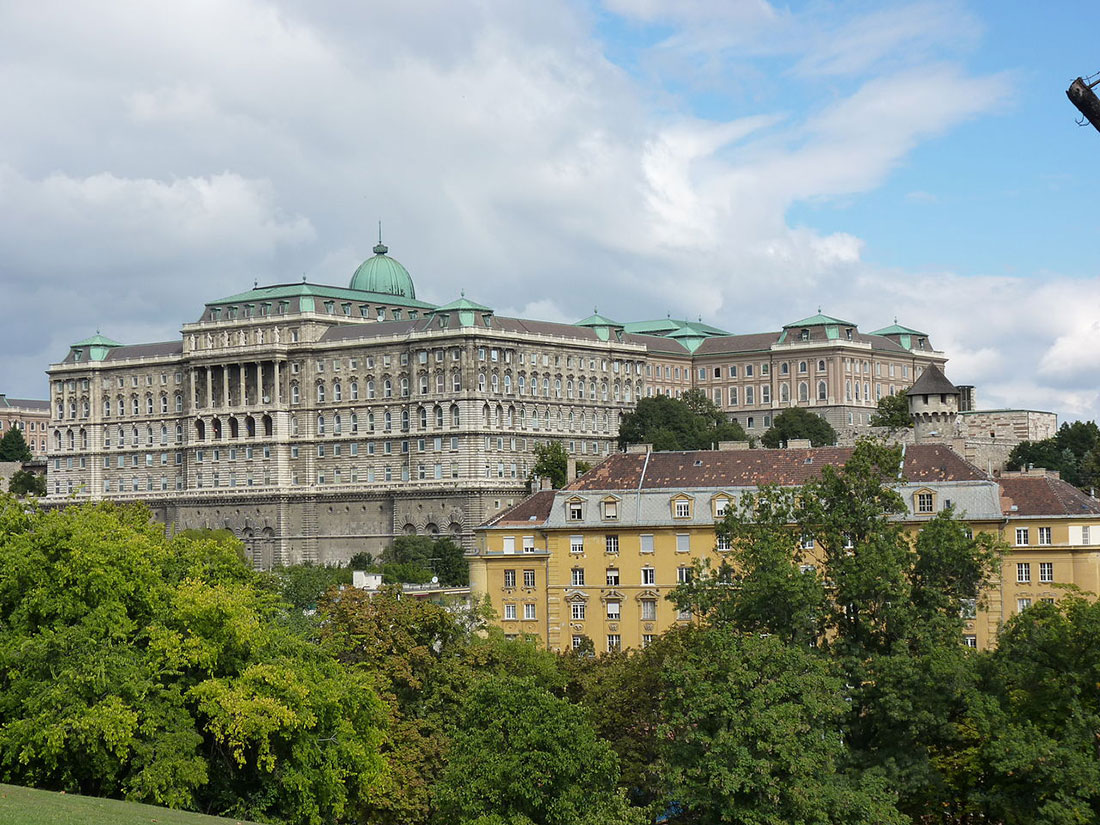
The spectacular Buda Castle rises majestically above the Danube. Its turbulent past reflects the ups and downs of Hungarian history. Today, the fortress, often referred to as the Royal Palace, houses a number of cultural institutions, including two museums: the Hungarian National Gallery and the Budapest History Museum

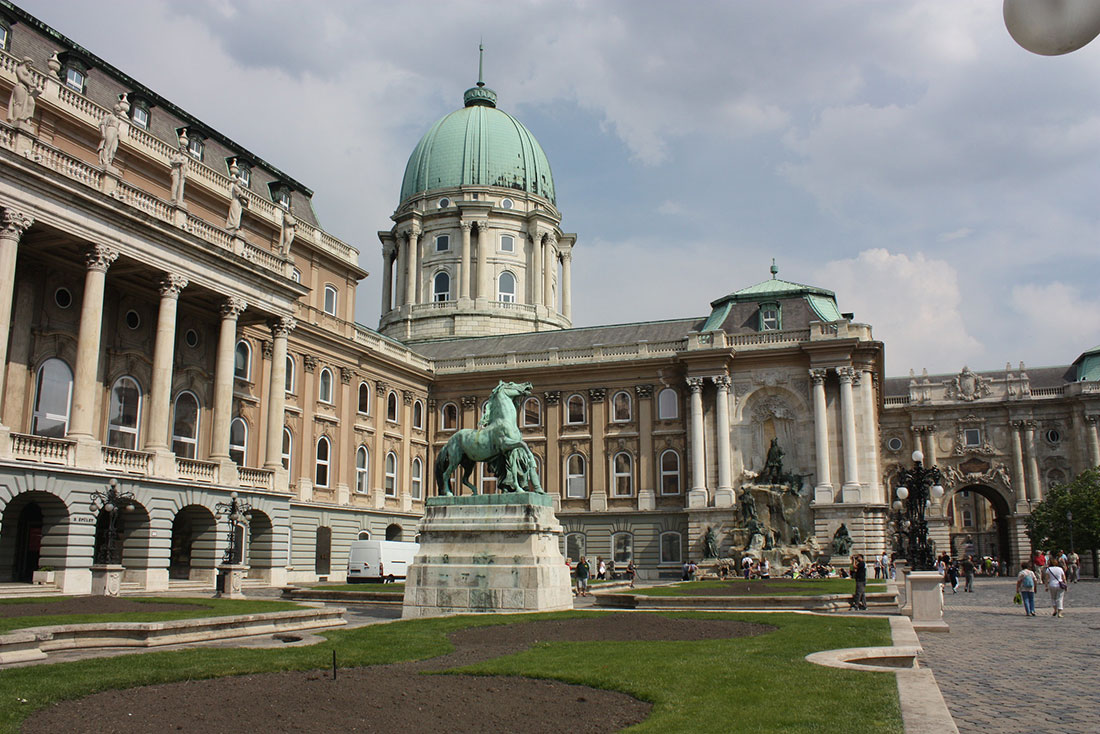
The first fortifications on this site were erected between 1247 and 1265. After the Mongol tribes invaded Hungary, King Béla IV decided to build a shelter surrounded by walls. Nothing has left of this original building today.
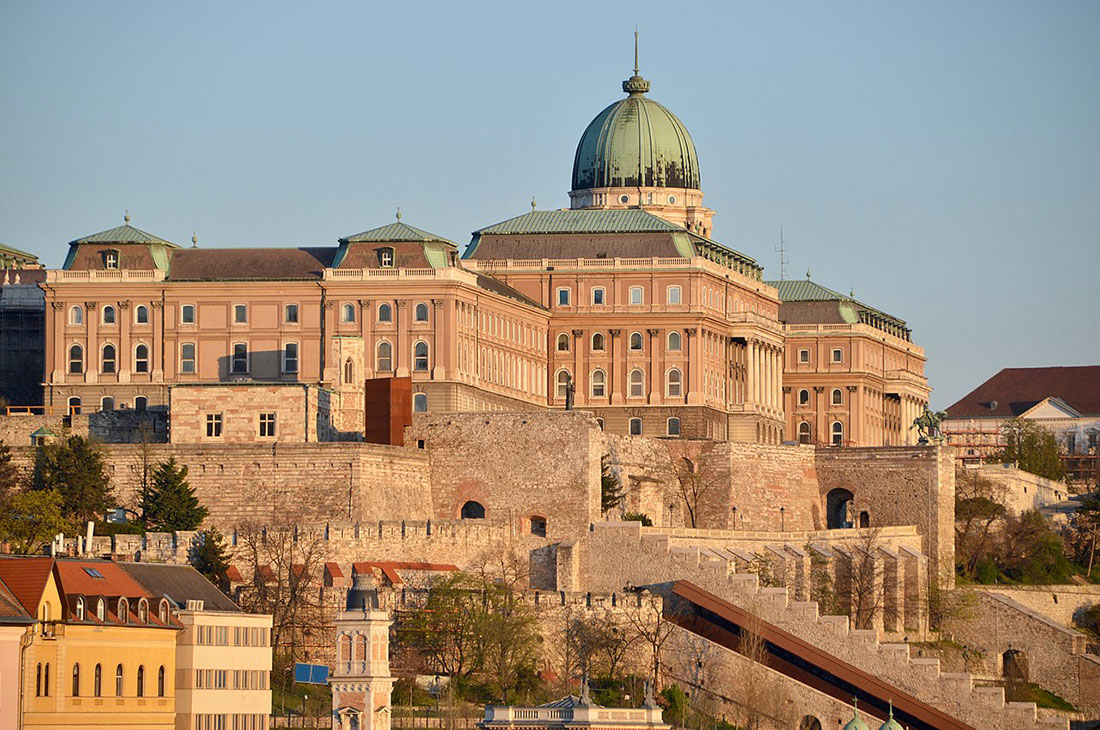
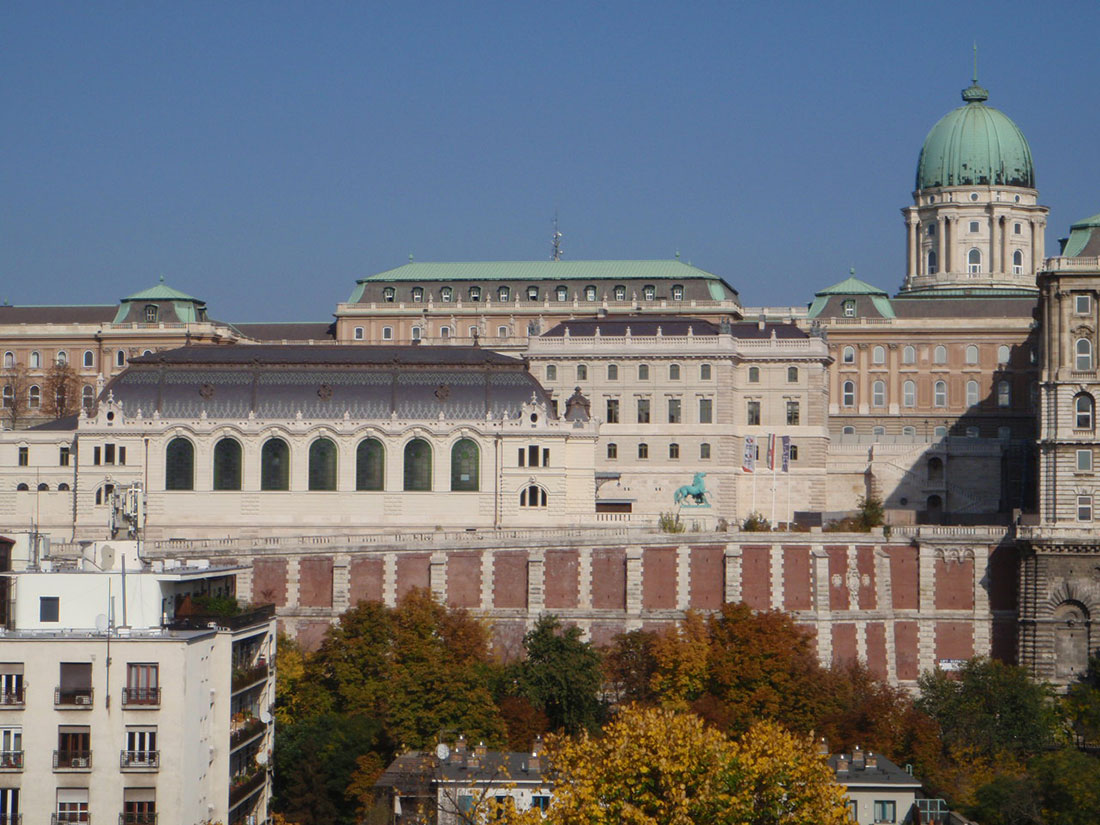
During the Renaissance, King Matthias made some changes to the castle, reflecting the style of that time. The Turks, who occupied Budapest between 1541 and 1686, destroyed the residence. After all, the Habsburgs gave the city a new castle, which was built between 1714 and 1723 in the Baroque style.
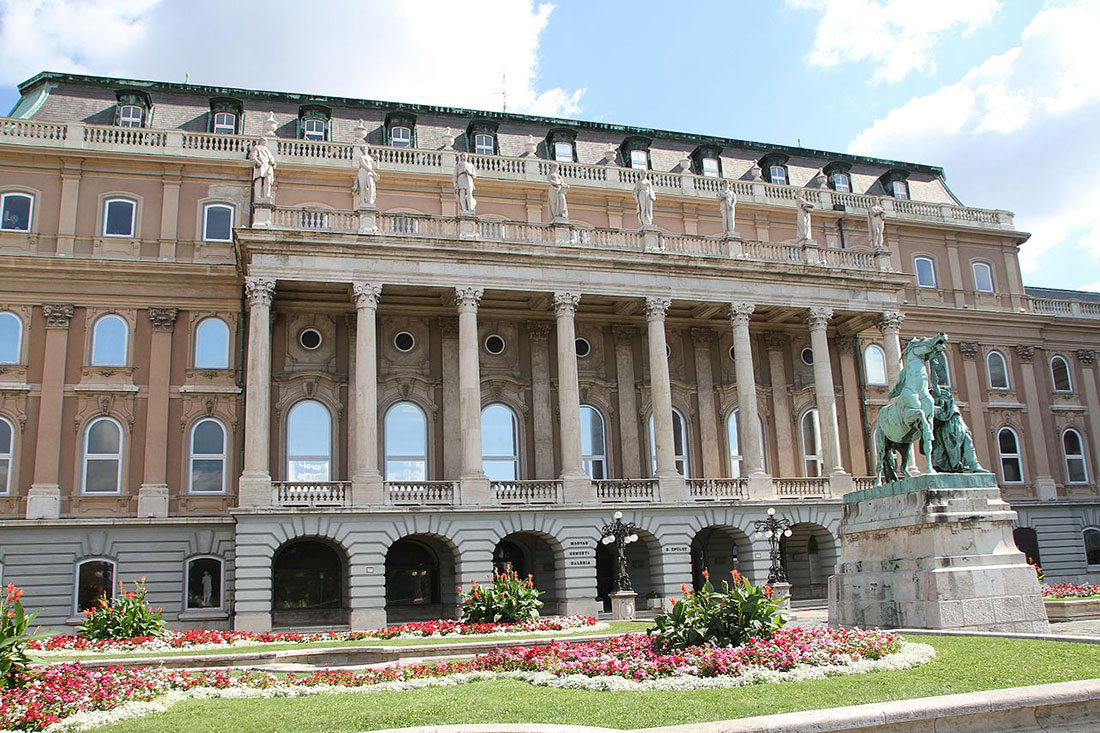
Budapest’s main attraction, the stunning Buda Castle was originally built in the 13th century, but the work didn’t stop there. Extensions and renovations took place over the next two centuries, and various renovations continue today.
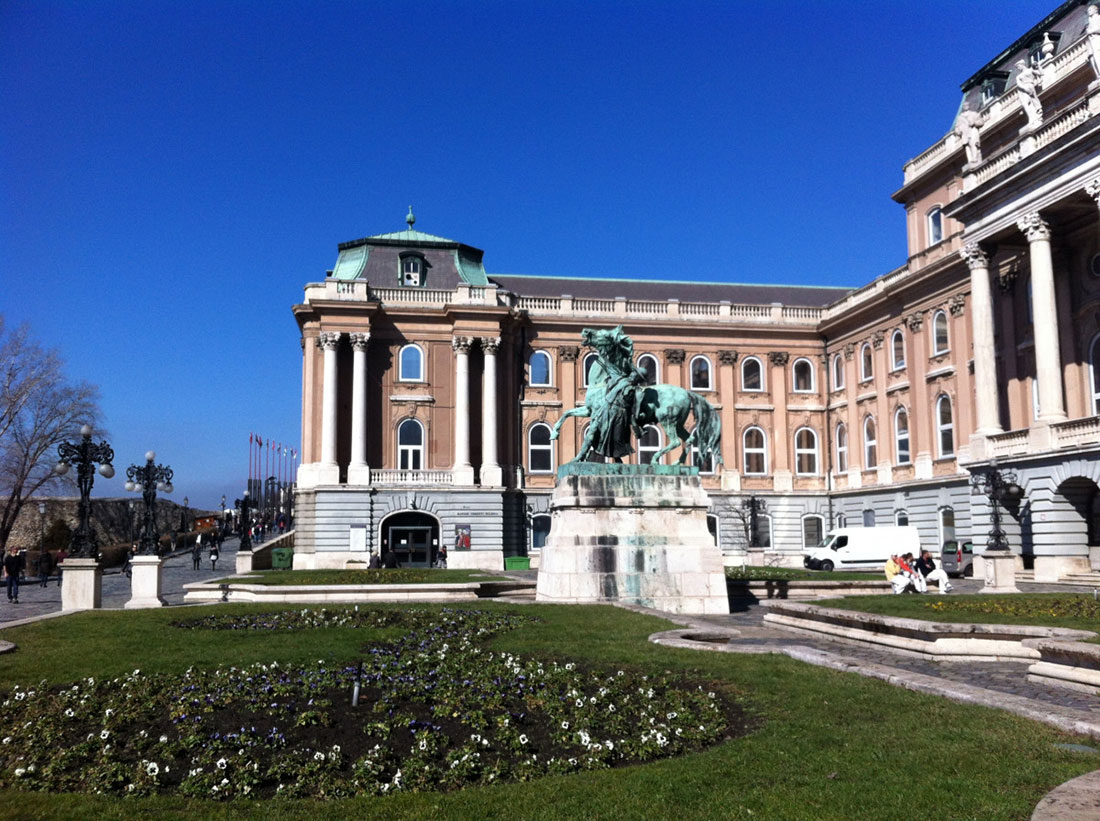
During the uprising of the Hungarians against the Habsburg regime in 1849, most of the castle was destroyed. It was reconstructed only after reaching a compromise with the ruling dynasty. During World War II, the castle was again heavily damaged. Reconstruction work was started in 1950 according to the classical design of the architect István Janáky.
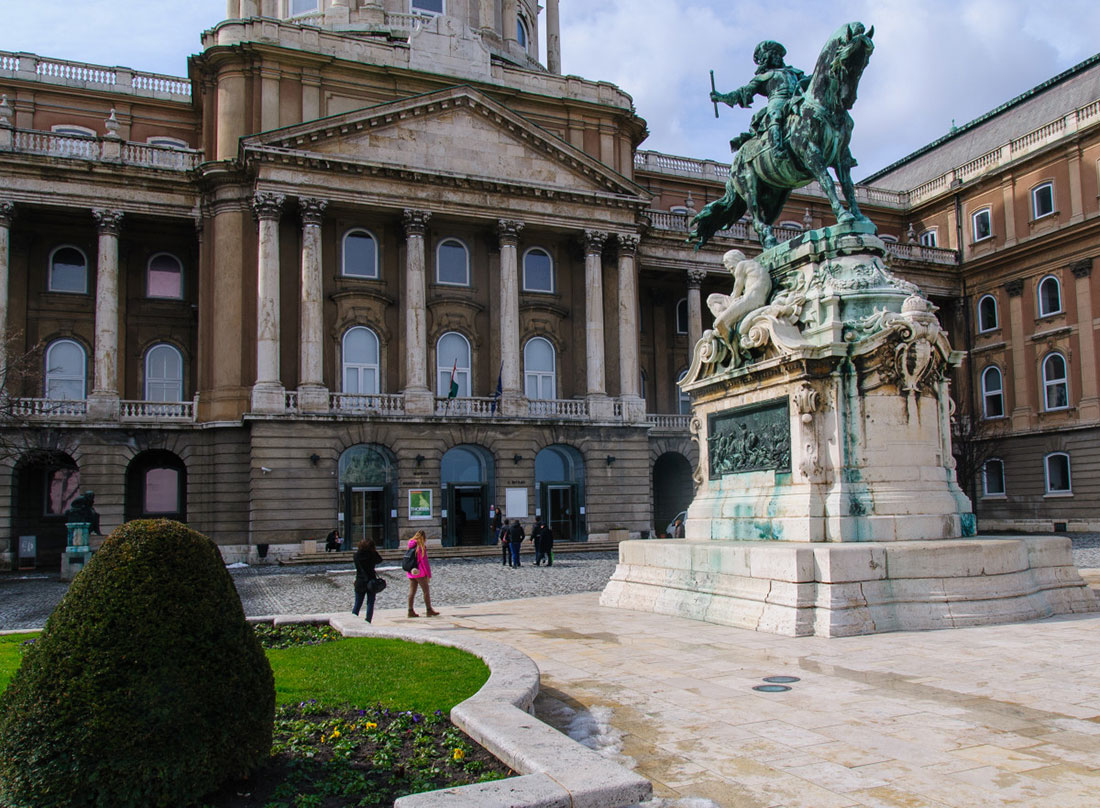
An extensive system of tunnels runs under the castle and the area around it. They are, of course, surrounded by many urban myths and legends. One story says that during the Turkish occupation, women were immured in the walls of cellars and tunnels, and their screams are still heard from time to time. Another legend claims that vampires lived under the tunnel, including the Black Earl, who is believed to be Dracula himself
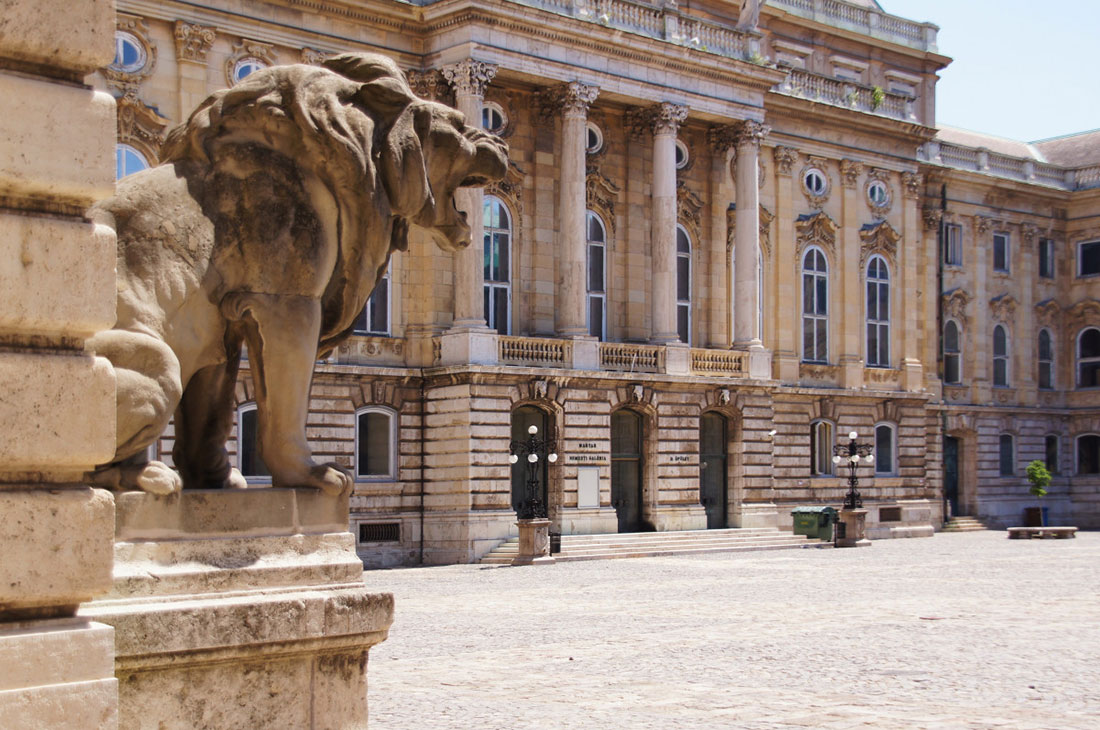
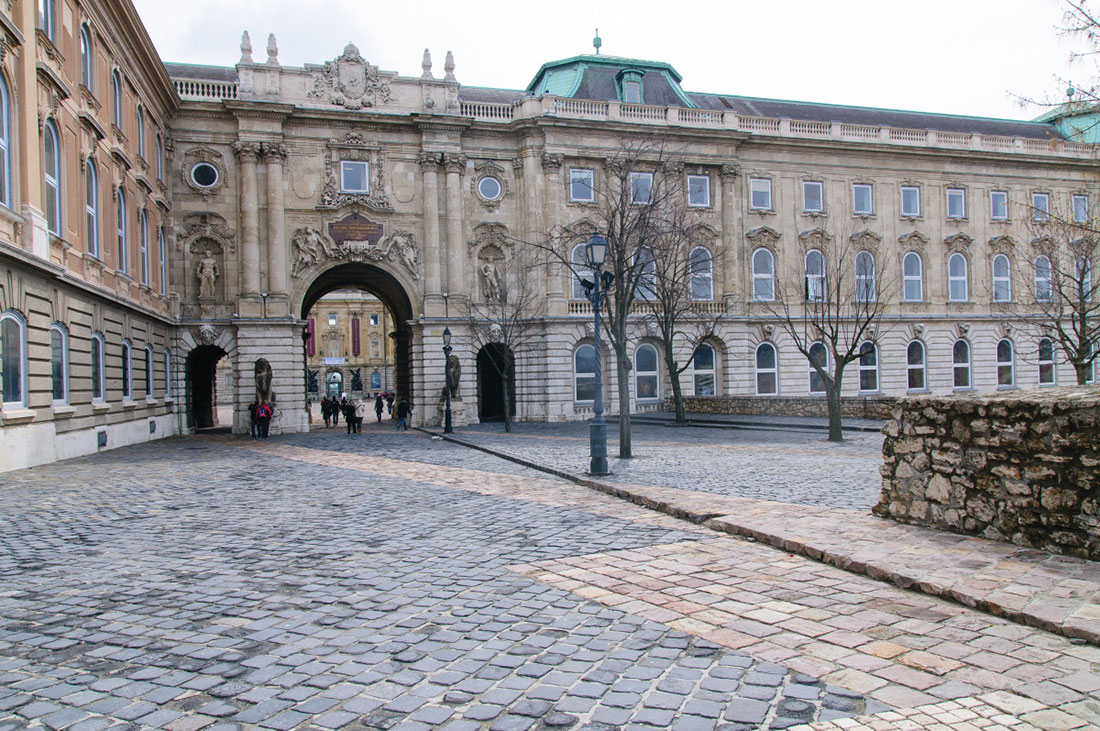
The Buda Castle is surrounded by a luxurious garden, which is open to visitors around the clock. Very often festivals are held here, so you need to buy a ticket to enter. The palace can be visited during the opening hours of the Gallery and Museum.
